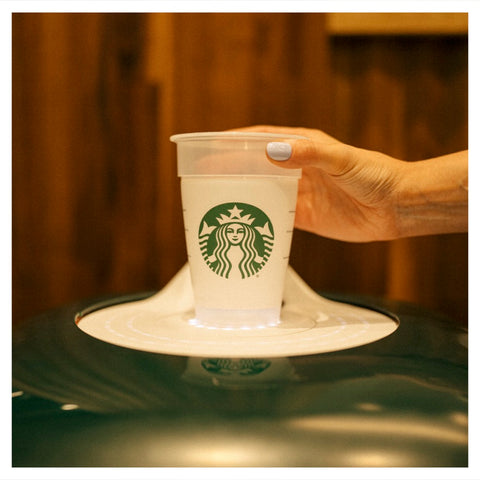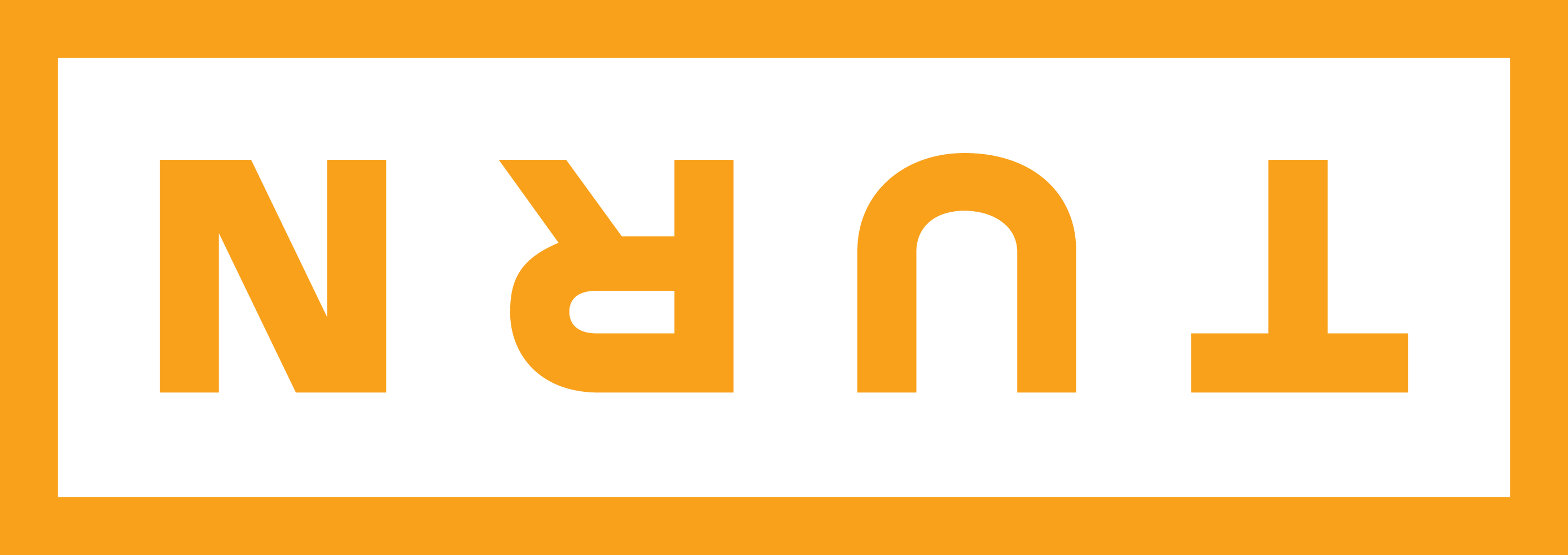This article was featured on FastCompany. Click here to view.
08-14-23
At these Starbucks stores, every cup is now reusable
Starbucks is piloting a program that offers customers reusable cups to go. When they’re returned to a smart bin, they’re cleaned and used again.
BY ADELE PETERS 4 MINUTE READ
If you walk into a Starbucks in Napa, California, this week, you won’t get your coffee in a paper cup. The store is one of twelve in Napa and the nearby city of Petaluma to begin testing a new reusable model—including an option to take a free, reusable to-go cup home from the store and then drop it off the next time you get coffee.
“Our big vision for the future is, what if every Starbucks beverage is served in a reusable cup?” says Amy Wang, director for global reusables strategy at Starbucks.
The “Borrow A Cup” pilot, which will last for 10 weeks, is one early step in figuring out how that can happen, and one in a series of tests that the company has been running over the last few years as it works toward a larger goal to cut waste in half by the end of the decade. Right now, the company uses around 6 billion disposable cups a year worldwide. More reusable tests will launch around the world in the coming months.

Customers can also use ceramic mugs in the store or bring their own reusable cup from home—something that’s already possible at Starbucks stores. But if they don’t have one or forget to bring it, they can borrow one of the new reusable cups at no cost. When they drop off the cup later in a QR-code-enabled return bin, they’ll be eligible for a chance to win a Starbucks gift card. The cups will be washed, rinsed, and sanitized in a custom mobile truck that can also deliver them to other stores in the area to be used over and over again.
The coffee giant partnered with Turn Systems, a company that specializes in designing reuse systems, to set up the pilot. (BIG, the design firm, worked on the design of the bins where they can be dropped off.) “We’ve really been building the platform and backend that is needed for reuse at scale,” says Turn founder Ryan Everton. “Anyone can wash your cup, obviously, at home in your dishwasher or by hand. But when you talk about hundreds of thousands, up to millions of cups—and Starbucks is going into the billions—you really need some technology in order to get us there.”
The company designed tech in its mobile truck to wash cups five times faster than a traditional dishwasher. The system also tracks how many cups are being returned and calculates the environmental benefit.

Turn previously set up a reuse system for Live Nation, and has piloted reusable cups on flights with Delta Airlines. But the tests with Starbucks will help it better understand a different challenge: How do you get people to bring back reusable cups when they leave a store?
“We continue to test various incentives and disincentives in the U.S. and globally to understand the effectiveness of behavior motivators,” says Wang. “We know from our behavioral science-based approach and our global test learnings that a simple discount, no matter how generous, will not engage all customers. To achieve long-term behavior change, there must be multiple motivators, functional and emotional, consistently to drive routine adoption.”
Everton says Turn has found that charging a fee if someone doesn’t return a cup doesn’t work well. “A number of years ago, we realized that the carrot model was a better approach,” he says. Different rewards may work better in different locations; as the company works with Starbucks and other customers, Turn can use its software to track which incentives perform best in, say, Kansas.
In a separate test at Arizona State University, Starbucks is testing a “personal cup washer” where students can wash their own cup or a borrowed cup.

The cups are made from polypropylene, and can be reused as many as 120 times before they’re recycled. Customers could also recycle them at home if they live in an area—like Napa—where #5 plastic can be dropped into a curbside bin. Of course, if a cup is only used once, it loses some of its environmental benefit; that’s why it’s so critical that they’re returned repeatedly for reuse.
Arguably, it’s even better if customers can bring their own cups from home. Starbucks also tries to encourage the use of personal reusable cups by offering discounts on drinks. Next year, in both the U.S. and Canada, it will begin allowing customers to use personal cups in drive-through and mobile orders as well as in cafes.
The company recognizes that carrying around a reusable mug still isn’t a habit for many people. “A current cultural challenge we face is ‘bring your own cup to go get coffee’ is not yet routine, because most cafes don’t yet accept personal cups, especially for to-go,” says Wang, adding that the borrow-a-cup model means customers might not have to carry a cup around as often.
By making reusables more visible, it hopes to change that. “For customers, seeing is believing—if reusable cups are offered and used more, customers will start thinking about it for every visit as the norm,” Wang says.
Updated to correct the number of cups that Starbucks uses each year.




